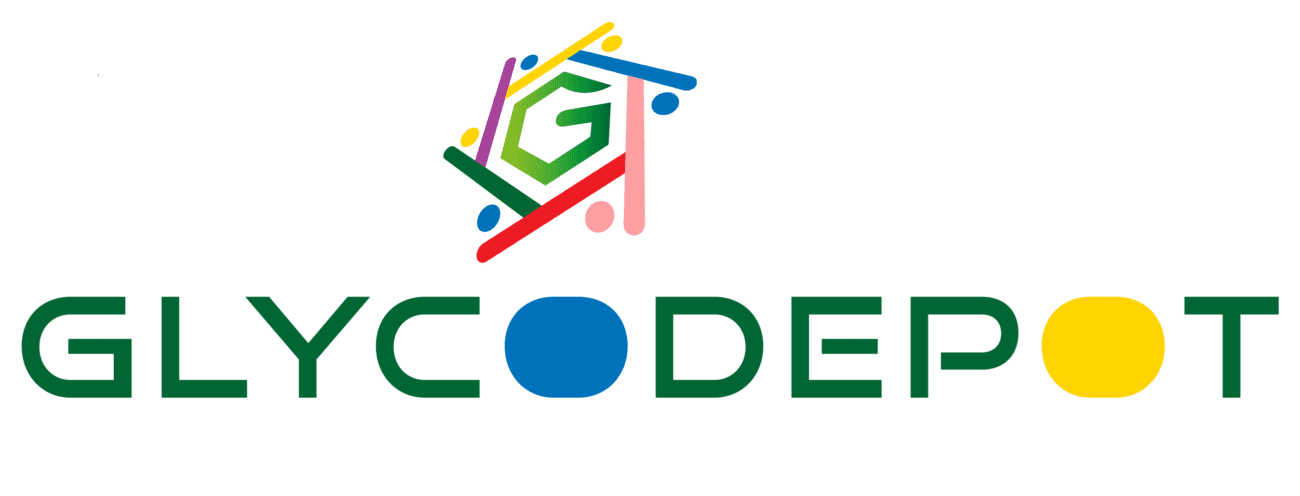Ethyl β-D-thioglucopyranoside is a chemically synthesized thioglycoside derivative where the anomeric oxygen of β-D-glucopyranose is replaced by a sulfur atom linked to an ethyl group. This modification significantly enhances its chemical and enzymatic stability, making it a valuable glycosyl donor and synthetic intermediate in carbohydrate chemistry. The compound is typically a white crystalline powder, possessing a molecular formula of C8H16OS and a molecular weight of approximately 168.28 g/mol. Its production involves the thiolysis of protected β-D-glucopyranosyl precursors using ethyl mercaptan under tightly controlled synthetic conditions, followed by chromatographic purification to achieve a purity generally above 95%. Analytical techniques such as NMR spectroscopy, mass spectrometry, and chromatography are employed to confirm its identity and purity. Due to its synthetic origin, microbial contamination is minimal. Proper storage conditions include sealing in moisture-free containers at refrigerated temperatures (2–8 °C) with protection from light, ensuring a shelf life of 1–2 years. Its main applications encompass stereoselective oligosaccharide synthesis, medicinal chemistry, glycobiology research, drug discovery, and molecular probe development where thioglycosides are preferred for their stability and selective reactivity.
IUPAC Name
- Ethyl 1-thio-β-D-glucopyranoside
Appearance
Source
- Synthesized via the thiolysis of protected β-D-glucopyranosyl compounds with ethyl mercaptan
- Purified through chromatographic methods ensuring high chemical purity
Molecular Weight and Structure
- Molecular Formula: C8H16OS
- Molecular Weight: 168.28 g/mol
- Structure: β-D-glucopyranose ring with an ethyl thioether substituent at the anomeric carbon
- SMILES: CCOC1OC(CO)C(O)C(O)C1S
Sugar Specificity
- Exhibits β-anomer stereochemistry of D-glucopyranose
- Serves as a stable glycosyl donor for selective synthetic applications and enzymatic studies
Biological Activity
- Not directly pharmacologically active
- Functions as a substrate analog and enzymatic assay reagent in glycobiology and synthetic carbohydrate chemistry
Purity and Microbial Contamination
- Purity typically exceeds 95%, verified by NMR and chromatographic techniques
- Chemical synthesis and purification procedures minimize microbial contamination risks
Identity and Quality Control
- Confirmed by 1H NMR, 13C NMR, mass spectrometry, and HPLC purity profiles
- Accompanied by Certificates of Analysis and Safety Data Sheets
- Quality parameters include melting point and optical rotation for batch validation
Shelf Life and Storage
- Stored in sealed containers at 2–8 °C
- Protected from moisture, light, and heat
- Anticipated shelf life of 1–2 years under appropriate storage conditions
Application
- Key glycosyl donor for stereoselective synthesis of glycoconjugates and oligosaccharides
- Supports drug development and glycomimetic research
- Used in molecular probe design to study carbohydrate recognition and enzyme function
Key Characteristics
- Ethyl β-D-thioglucopyranoside
- CAS Number: 18333-01-2
- Molecular Weight: 168.28 g/mol
- Chemically stable white crystalline solid
- Resistant to hydrolysis, ideal for controlled glycosylation
- Comprehensive analytical characterization and quality assurance
- Stable under refrigerated, anhydrous storage conditions
Citations
- Cymit Química chemical details
- PubChem compound data
- Sigma-Aldrich glycosyl donor catalog
- MedChemExpress synthetic intermediates
- PMC glycobiology research
- ChemSpider molecular information
- Synthose chemical catalog
- Patent literature on thioglycosides
- Thermo Fisher Scientific reagents
- ScienceDirect reviews on carbohydrate chemistry

Reviews
There are no reviews yet.